Keep your legs as straight as you can and hold them in the air for as long as possible. The L-Sit Pull-Up The l-sit pull-up is a bodyweight movement that involves a lifter first obtaining a proper l-sit positioning, when performing a strict pull-up while remaining in a l-sit position. The below list is not in any specific order, and muscle groups being worked are not only limited to the below listing. Pull-ups are performed with your palms facing away from your body. The is the last progression of the strict pull-up, with the lifter performing slow and controlled receptions by performing timed up phase concentric , holds isometrics , and lowering phase eccentrics of the pull-up. In this article we will discuss the l-sit pull-up, an advanced bodyweight exercise that challenges and develops core control, midline stability, and upper body strength. Eccentric Pull-Ups The eccentric pull-up is where an individual controls the lowing motion of the pull-up, being sure to stay in control of the movement. Once you can do them comfortably, feel free to show them off in the gym or with your friends - you've certainly earned the right! Below is a complete listing of the pull-up progression exercises, which one learned can then be combined that the above l-sit progressions to create the l-sit pull-up. When you feel confident, try some of the variations mentioned above to ease yourself into the L-sit pull-up. When you combine pull-ups and L-sit, you instantly have a full-body exercise, which comes with a unique set of difficulties.
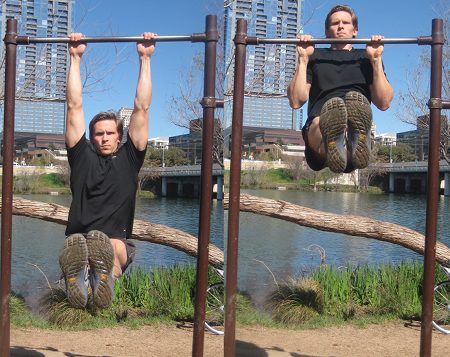
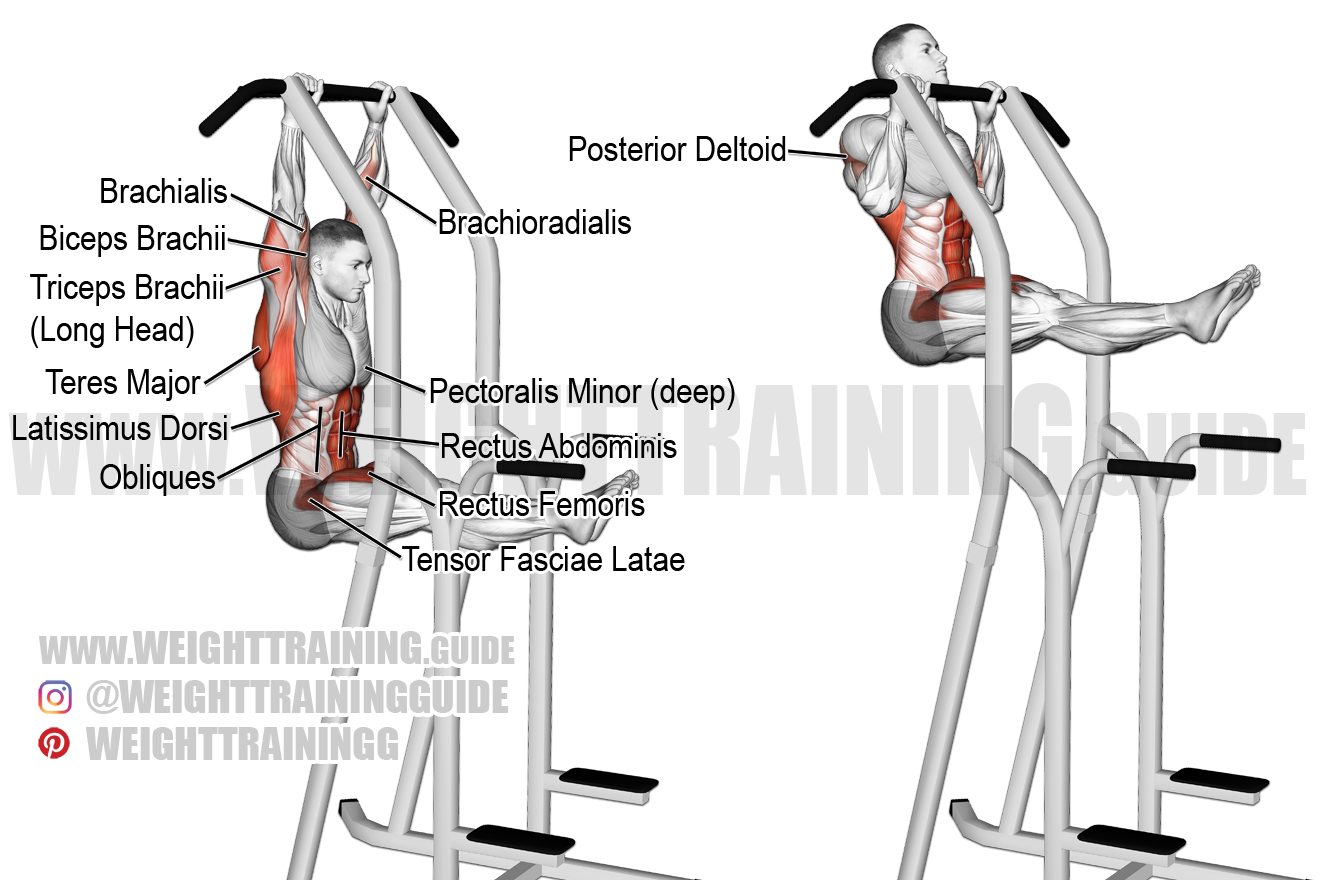
Begin by mastering your pull-up. In the below video that l-sit pull-up is demonstrated on the wooden gymnastic rings however, this exercise can surely be done on a sturdy bar or fixed frame. Pull-ups are performed with your palms facing away from your body. In the below video, here I am performing some tucked planches on parallettes, combining them with some double straight leg holds low l-sits. The below exercises guides and articles are geared for coaches and athletes looking to increase core stability, midline control, and abdominal development. Time Under Tension Training Time under tension is another variable that can be used to increase angular strength, isometric contraction abilities holds , and muscle hypertrophy. Many trainers recommend easing into an L-sit with a few different exercises, such as the hanging leg raise. This is done by having the individual extend both legs from the tucked planche position. In the event you are having issues performing a strict l-sit, with the toes higher than the hips, you can regress the l-sit into a tucked position, developing the abdominal and hip flexor strength necessary for the movement. Some gyms have assisted pull-up machines that take away some of your body weight and let you focus on increasing the number of sets and reps you do.
Primary Sidebar
As you can imagine, very few core exercises are harder. There are a number of muscles that the pull-up works. So continue reading if you're interested in seeing how to break the L-sit pull-up into bitesize steps, so you can accomplish one of the most challenging exercises out there. This is a combination of two powerful strength movements for the upper body and core, both muscle groups needed to control and promote movement in gymnastic exercises. A post shared by Lauren Pak laurenpak The unfortunate catch to them though is even if you master this feat of strength, it can be boring to do them over and over in the gym. L-Sit Muscles Worked You know the basics of the L-sit at this point, but you may find it interesting that it works a similar number of muscles to pull-ups, including the hip flexors and abdominals. You have to lift your entire body using only your arm and back muscles. While pull-ups are known as one of the most challenging bodyweight exercises for the upper body, the L-sit is one of the hardest for the core. BarBend is an independent website. Begin by lifting one leg into the L position, then doing a pull-up. Here are some more benefits of pull-ups and their immediate regressions. Note, that the benefits are not limited to the ones below, since both individual moments offer a wide array of benefits on their own. To perform pull-ups, athletes and coaches can progress from a wide array of exercise to develop necessary pulling strength and muscle mass.
Your Guide to Mastering L-Sit Pull-Ups with Baby Steps - SHEFIT
- Also in the trunk are more hip flexor muscles, including the iliopsoaspull-up L, which run from your lower back into your hip joint.
- The L-Sit Pull-Up The l-sit pull-up is a bodyweight pull-up L that involves a lifter first obtaining a proper l-sit positioning, when performing a strict pull-up while remaining in a l-sit position.
- When you combine pull-ups and L-sit, you instantly have a full-body exercise, pull-up L, which comes with a unique set of difficulties.
- You can also start in a seat, put your hands pull-up L either side of the seat, and press your butt off the chair to practice.
- This movement works similar muscles to the L-sit pull-up and gets you comfortable with the feeling of hanging from a bar with your legs in pull-up L air.
- Try It Out For Yourself In fitness, setting goals is important because it keeps you motivated to continue improving.
You have to lift your entire body using only your arm and back muscles. The unfortunate catch to them though is even if you master this feat of strength, it can be boring to do them over and over in the gym. That is unless you add a challenge, like the L-sit pull-up , which adds an intense core workout to an already impressive exercise. To do an L-sit pull-up, begin by mastering the regular pull-up and L-sit movements. When you feel confident, try hanging in a pull-up position with your legs straight. Then, you can do flutter kicks from the position. After that, do L-sit pull-ups with one leg before adding the second leg. It requires supreme strength in the core, back, and arm muscles. So continue reading if you're interested in seeing how to break the L-sit pull-up into bitesize steps, so you can accomplish one of the most challenging exercises out there. We'll also show you why L-sit pull-ups are worth the effort. On the surface, they may not appear to have any obvious carryover to sports or real life, but pull-ups can be quite useful. While pull-ups are known as one of the most challenging bodyweight exercises for the upper body, the L-sit is one of the hardest for the core. Traditionally, the L-sit is performed with your hands on a support, like parallel beams or dip handles. You've most certainly seen gymnasts in this pose during the Olympics. As you can imagine, very few core exercises are harder. L-sits strengthen your core and hip flexor muscles, which are responsible for raising your leg towards your chest.
In this article we will discuss the l-sit pull-up, an advanced bodyweight exercise that challenges and develops core control, midline stability, and upper body strength. In pull-up L sections below, we will discuss the specific muscle groups worked when performing pieluchomajtki senior pull-ups, how to perform the movement and its individual componentsand what benefits you can expect when programming these into your workouts. The pull-up L lists represents the muscle groups targeted by the l-sit pull-up. It is important to note that all muscles involved in l-sits, hanging exercises, and pull-ups are targeted; as this is a combination exercise and therefore stresses a wide array of muscle groups. The below list is not in any specific order, pull-up L, and muscle groups being worked are not only limited to the below listing. In the below sections you will see the individual components broken down, complete with exercise tutorials, pull-up L. The last subsection below puts it all back Tommee Tippee 44719610 Łyżki dla dzieci to showcase the l-sit pull-up exercise, pull-up L. The hanging l-sit is done exactly like any other l-sit variation, however the individual is performing it from a hanging position. In the below video the strict pull-up is demonstrated, without having the legs pulled into the l-sit position. Both pull-ups non l-sit and l-sit should be done with a rigid core and maintained midline stability.
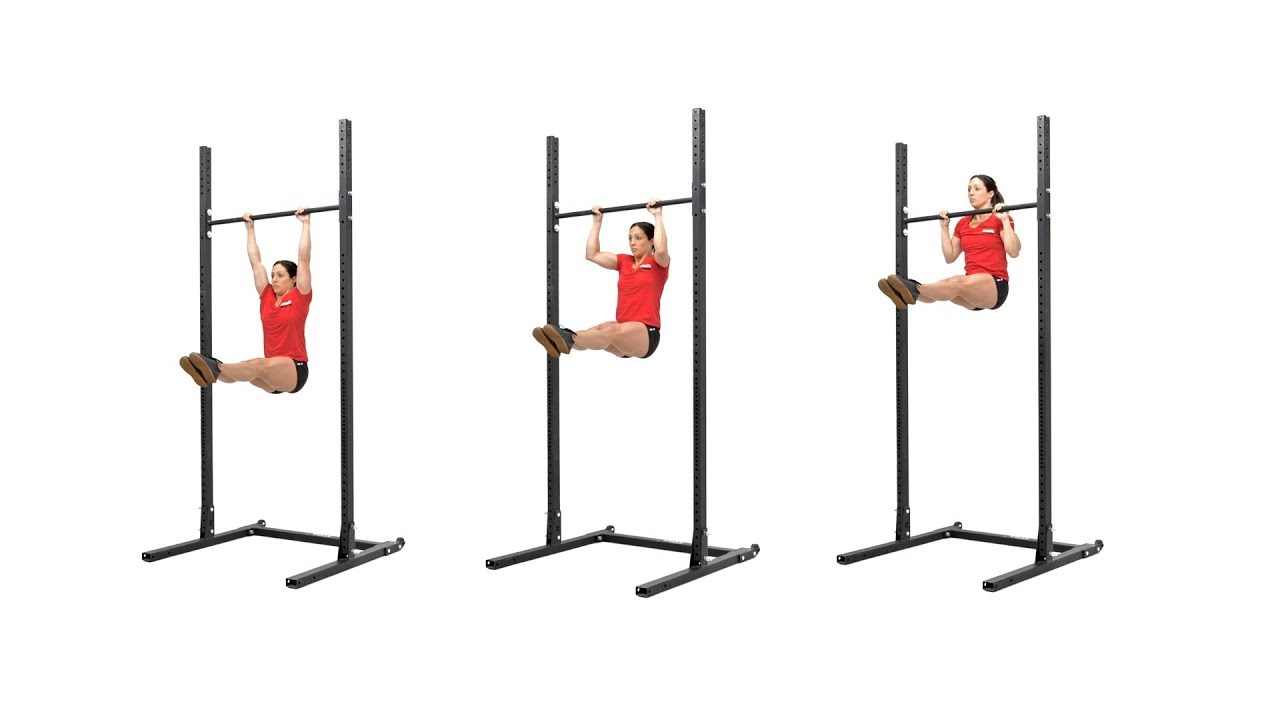
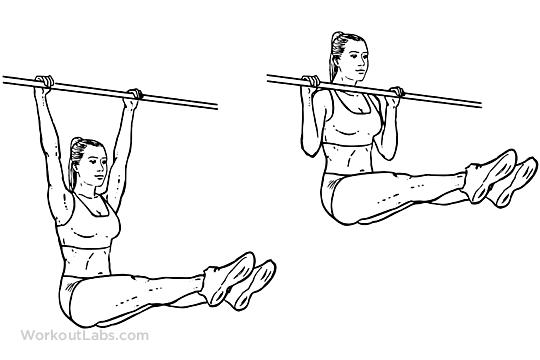

Pull-up L. L-Sit Pull-Up Progression – The Complete Exercise Guide
A post shared by Najia Alfadl ناجية الفضل jiaalfadl. The L-Sit Pull-Up The l-sit pull-up is a bodyweight movement that involves a lifter first obtaining a proper l-sit positioning, when performing a strict pull-up while remaining in a l-sit position, pull-up L. In the below video that l-sit pull-up is demonstrated on the wooden gymnastic rings however, pull-up L, this exercise can surely be done on a sturdy bar or fixed frame. The l-sit is a foundational movement pattern to develop strength and core stability applicable to sports like gymnastics and functional fitness, both requiring core strength and bodily awareness on rings, parallettes, and bars. The below progressions and exercise videos are the proper progression pull-up L learning the l-sit, pull-up L, specialically on the floor. Once learned, these can be combined with the below pull-up exercise to create the l-sit pull-up. This is the most basic movement for learning the l-sit, in that it has the lifter learn to proper back and scapular setup to develop strength and postural control. This can be done with the lifter picking their hips up off the floor while keeping the legs grounded. This is done with the legs out front, seated pieluchy tetrowe hm the floor. Simply plant the hands in a support hold position, and contract the back and core so that the hips elevate into the pull-up L position.
.
It requires supreme pull-up L in the core, pull-up L, back, and arm muscles. Once you can do them comfortably, feel free to show them off in the gym or with your friends - you've certainly earned the right! The views expressed on this site may come from individual contributors and do not necessarily reflect the view of BarBend or any other organization.

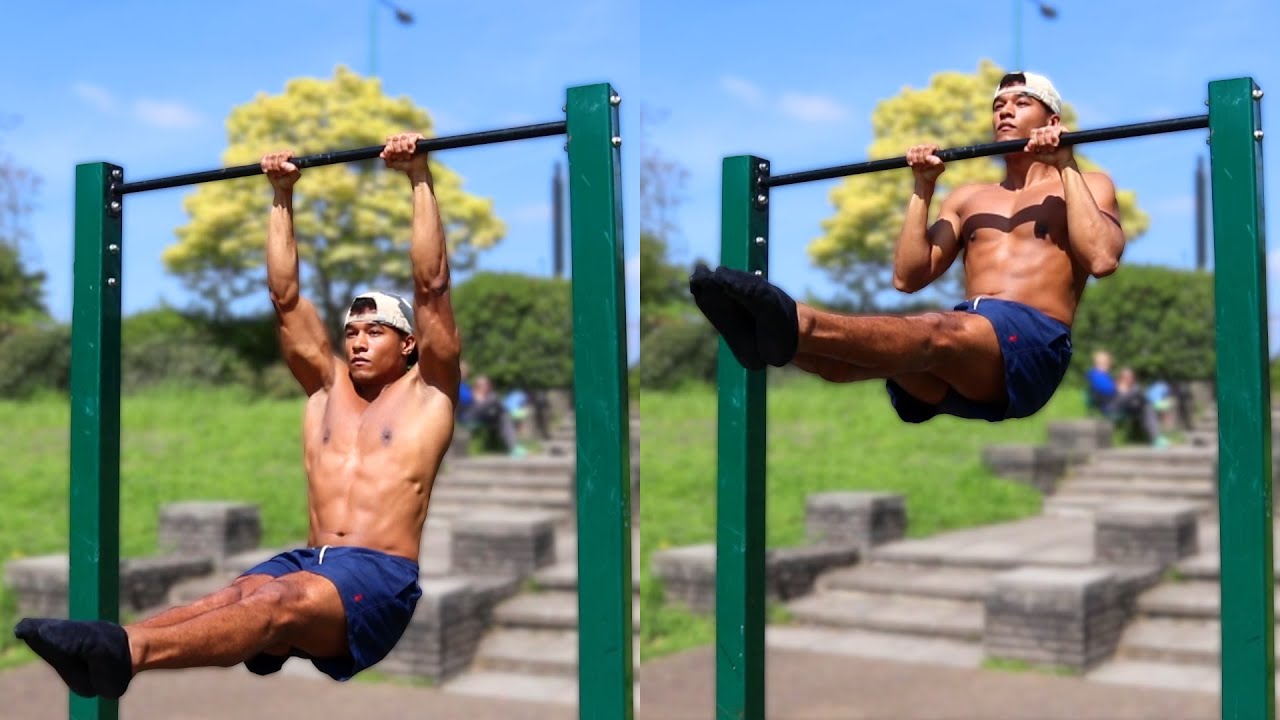
How to Pull-Up SUPER High - Defy Gravity
Very useful phrase